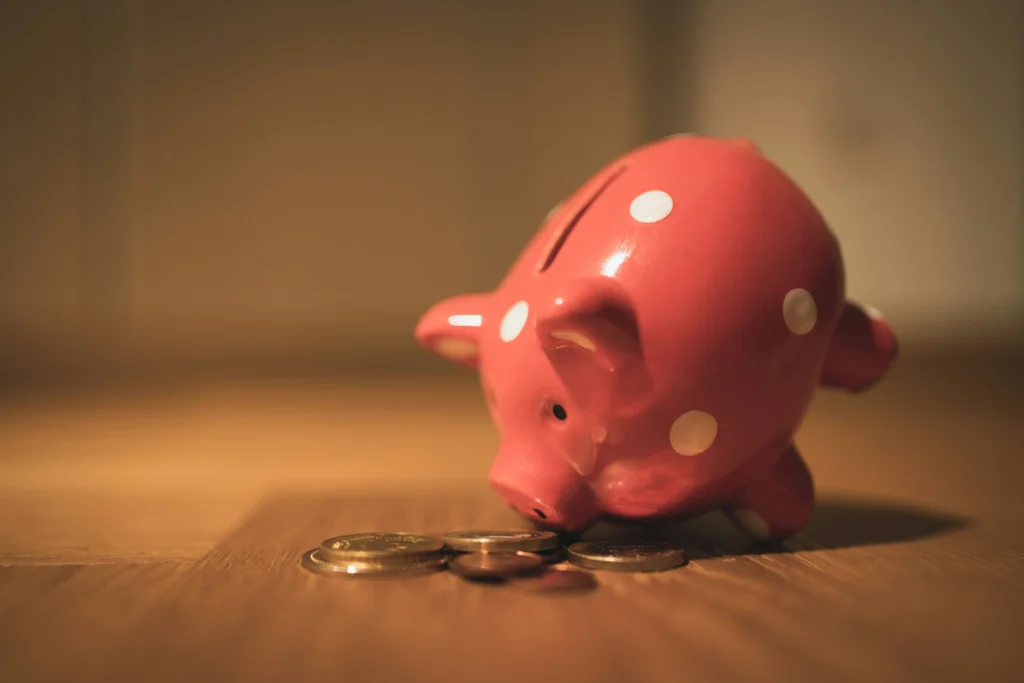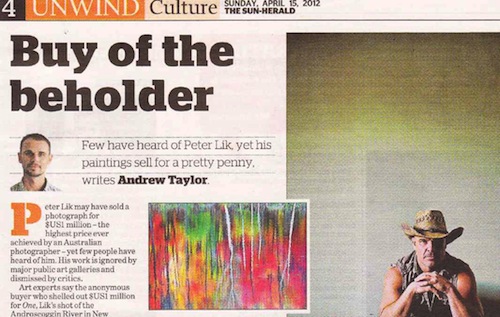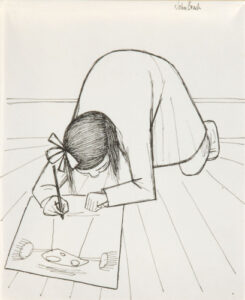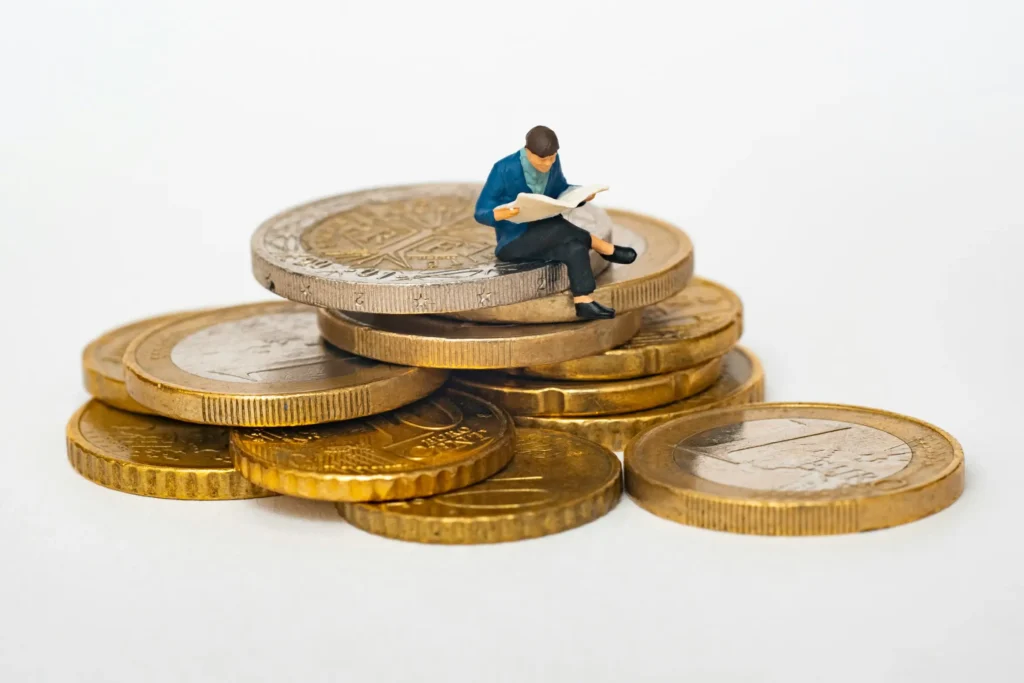James Dunn writes in the Insider Adviser, 19 June 2023:
“All investors face the quandary of how to diversify their portfolios into assets that are uncorrelated to the major asset classes of shares, bonds and property, preferably with an inflation hedge thrown in for good measure.
For this, portfolio managers turn to alternative assets. And one of the most traditional of these is art.
Art tends to hold its value over time, and because it usually does not fluctuate in value based on market movements, it is often viewed as a safe haven for investors when trouble is brewing in the global economy.
“Certainly, art can be a great investment,” says David Hulme, managing director of Sydney-based art advisory firm Banziger Hulme Fine Art Consultants. “But investing in art is not easily done.”
For a start, Hulme tells The Inside Adviser, the transaction costs are high – up to 50 per cent. “One of the biggest traps is that you may buy the right artwork, but pay too much. A successful art investment needs three things: buying the right artwork, at the right price, and having the time to give that particular artwork the scope to rise in value. You need at least ten years for that, if not 20,” says Hulme.
What any art investor must understand, he says, is that an artwork does not have intrinsic value, except in other people’s opinion at any time. “It might rise in value, but it might not,” he says.
“That can depend on changing taste; particular artists can certainly come into favour, but they can just as quickly go out. Above all, you can’t look at the high price that another artwork may have fetched, and think your artwork is in for the same rise – a Sidney Nolan might fetch $5.4 million, but your painting is still worth $20,000.”
There are blue-chip investments in the art world, Hulme explains; the likes of Olsen, Whiteley and Namatjiras have “sales histories over decades, with thousands of auction records” to back up expectations of how they could perform. Yet there are also “plenty of newer artists, that are quite exciting but speculative purchases” – in that, it resembles the share market. But the trade-off is that an investor can spend less than $5,000 on the latter.
The best reason to buy an artwork, he says, is if it gives you enjoyment. “I personally think that you have to be an art lover to really benefit from owning art. Each artwork is a very individual thing and it’s got to have an emotional impact on you to be worth buying.”
Art at arm’s length
That emotional touchpoint is no longer available to self-managed super funds (SMSFs), which have been significant supporters of the local art and collectables market.”
You can find out more about the Banziger Hulme art advisory services here and read the article in the “Inside Adviser” here.
https://insideadviser.com.au/art-investment-in-smsfs-not-easily-done-but-trustees-backing-their-taste/




